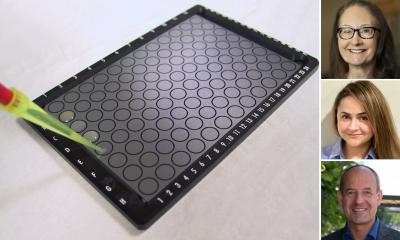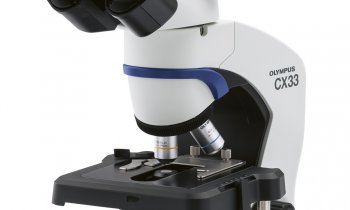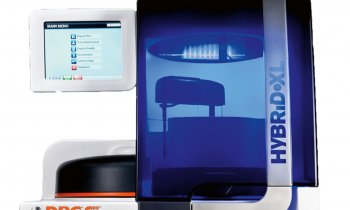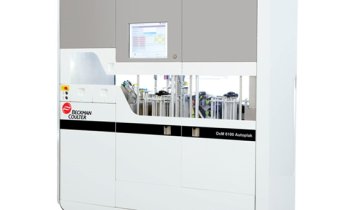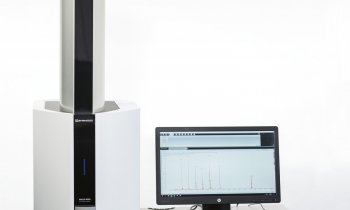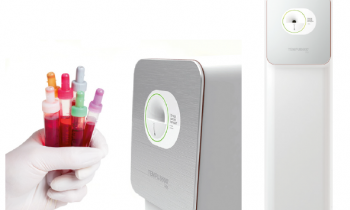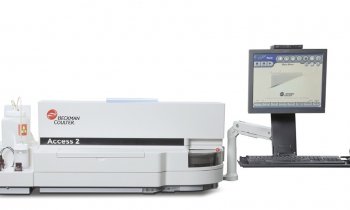Politics I
Austria’s notable national action plan
Surveillance, hygiene and infection prevention, antimicrobial stewardship, diagnosis of infectious diseases, use of antimicrobial medicines as well as reporting and information.
Report: Michael Krassnitzer

In Europe, Austria statistically ranks in the midfield for antibiotics resistance. In 2013, for example, the country’s Methicillin-resistant Staphylococcus aureus (MRSA) rate was 9.1%. In the same year the rate in Sweden was 0% and in Greece around 50%. ‘The issue of antimicrobial resistance is very complex. Therefore we need a concerted strategy to fight this resistance,’ says tropical medicine and hygiene specialist Professor Petra Apfalter DTMH, who heads the Austrian National Reference Centre for Nosocomial Infections and Antibiotics Resistances.
In her country that strategy is known as the National Action Plan for Antibiotics Resistance (NAP-AMR). Surveillance, hygiene and infection prevention, antimicrobial stewardship, diagnosis of infectious diseases, use of antimicrobial medicines as well as reporting and information are the main elements of the plan for human medicine. An additional range of measures covers veterinary medicine and the environment.
In surveillance and reporting Austria fares well. The country’s Federal Ministry of Health has been publishing an annual report on antibiotics resistance and antibiotics usage (AURES) since 2005. Additionally, for a decade this country has been involved in the European networks for the collection of data on resistance, EARS-Net (European Antimicrobial Resistance Surveillance Network) and ESAC-Net (European Surveillance of Antimicrobial Consumption Network). The NAP-AMR has also uncovered improvement potential here. It contains objectives to capture the most comprehensive data on antibiotics use, to promote feedback systems for surveillance data and to develop information media for the general public. Whilst AURES is well established in specialist readership, the level of general public knowledge is pitiful. According to a Eurobarometer survey around 73% of Austrians believe that antibiotics are also effective against viruses.
In respect of hygiene and infection prevention and control the objective, according to the NAP-AMR, is to further develop the existing strategy to consolidate hospital hygiene structures (PROHYG 2.0). This describes the organisational framework for important measures of infection prevention and control in hospitals, such as hand washing and hand disinfection. Based on this, a draft quality standard was compiled last year that will be published towards the end of 2015.
A further important component of the NAP-AMR is the antimicrobial stewardship programme (ASP). This concerns the optimised use of antimicrobial substances to reduce the development of multi-resistant pathogens. The key strategies comprise an audit with intervention and feedback, as well as limitations to the prescription of antibiotics.
‘Without microbiological diagnostics, that is without knowledge of the type of pathogen and resistance profile, neither surveillance nor infection prevention and control can be done in a meaningful way,’ the national action plan points out – of course because antibiotics only work against bacteria and not against viral infections. In Austria there are 40 laboratories that make their bacteriological findings available – not everywhere with high quality because currently no binding standards are in place. The NAP-AMR therefore campaigns for a centralisation of microbiological diagnostics. Sweden, where just a few facilities are responsible for large catchment areas of the population, is considered as a role model.
‘The topic of antimicrobial resistance is global, and measures against it cannot be limited to national activities, Apfalter emphasises. ‘When people and goods can travel to the other side of the world within a day then we need to develop regulations that apply worldwide.’ However, this is a difficult task – considering that, even within the European Union, there are countries that do not even comply with the most basic rules on the containment of resistance. ‘In Austria, and many other EU countries, antibiotics can only be obtained through prescriptions. In Spain, however, everyone can buy antibiotics in the supermarket.’ Professor Apfalter would like to see the World Health Organisation take over the reins to control antibiotics resistance.
PROFILE:
Petra Apfalter heads the Institute for Hygiene, Microbiology and Tropical Medicine at the Elisabethinen Hospital in Linz, Austria. A specialist in hygiene and microbiology, she also heads the National Reference Centre for Nosocomial Infections and Antibiotics Resistance as well as f the Austrian AMR Focal Point for the European Centre for Disease Prevention and Control (ECDC). In addition, Professor Apfalter, who studied Medicine and completed her specialist training at the University of Vienna, heads the National Antimicrobial Susceptibility Testing Committee Austria (NAC-AT) and a member of the Steering Committee at EUCAST (European Committee on Antimicrobial Susceptibility Testing).
19.06.2015



